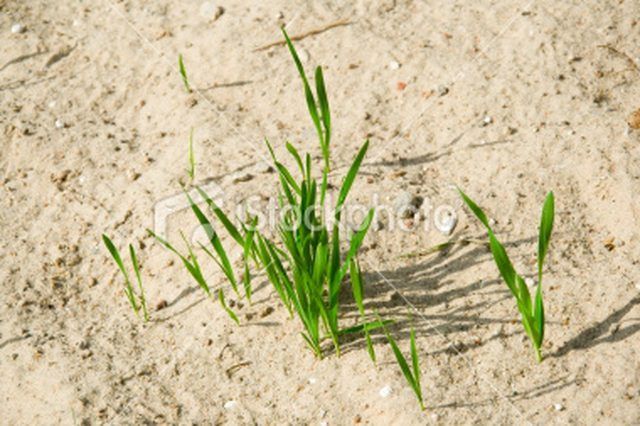Bulbs
Flower Basics
Flower Beds & Specialty Gardens
Flower Garden
Garden Furniture
Garden Gnomes
Garden Seeds
Garden Sheds
Garden Statues
Garden Tools & Supplies
Gardening Basics
Green & Organic
Groundcovers & Vines
Growing Annuals
Growing Basil
Growing Beans
Growing Berries
Growing Blueberries
Growing Cactus
Growing Corn
Growing Cotton
Growing Edibles
Growing Flowers
Growing Garlic
Growing Grapes
Growing Grass
Growing Herbs
Growing Jasmine
Growing Mint
Growing Mushrooms
Orchids
Growing Peanuts
Growing Perennials
Growing Plants
Growing Rosemary
Growing Roses
Growing Strawberries
Growing Sunflowers
Growing Thyme
Growing Tomatoes
Growing Tulips
Growing Vegetables
Herb Basics
Herb Garden
Indoor Growing
Landscaping Basics
Landscaping Patios
Landscaping Plants
Landscaping Shrubs
Landscaping Trees
Landscaping Walks & Pathways
Lawn Basics
Lawn Maintenance
Lawn Mowers
Lawn Ornaments
Lawn Planting
Lawn Tools
Outdoor Growing
Overall Landscape Planning
Pests, Weeds & Problems
Plant Basics
Rock Garden
Rose Garden
Shrubs
Soil
Specialty Gardens
Trees
Vegetable Garden
Yard Maintenance
What Grass Grows Best in Sand?
What Grass Grows Best in Sand?. Many people love the luxurious look of a lush lawn but find it challenging to grow one. That challenge is especially tough if you're dealing with sandy soil, which drains too easily and does not hold moisture and nutrients grass needs to thrive. Choose a variety of grass that does well on this sandy base.

Many people love the luxurious look of a lush lawn but find it challenging to grow one. That challenge is especially tough if you're dealing with sandy soil, which drains too easily and does not hold moisture and nutrients grass needs to thrive. Choose a variety of grass that does well on this sandy base.
What is sandy soil?
Sandy soil has too much mineral (rock-based) material in it and not enough organic (plant-based) material. You can tell what kind of soil you have by grabbing a handful of damp soil and squeezing it into a ball. Sandy soil will fall apart immediately when you open your hand. (A clay soil will stay in a solid lump; loam, the ideal soil, will hold a ball shape until you poke it.) If you have sandy soil, you'll need to improve the soil before you can grow a healthy lawn, even if you're growing the right kind of grass.
Making soil better
Sandy soil lacks the organic material it needs to support healthy growth, so you have got to provide some---ideally, about six inches' worth. Nutrient-rich compost is the best additive. Peat moss, which is less expensive, improves the texture of the soil but does not add as many nutrients. Top soil has a good texture but the fewest nutrients.
Climate matters
You'll choose your grass based on what kind of climate you live in. There are two categories of grass: cool-season and warm-season. The distinction is based on the growing zones for plant hardiness (follow the link in the Resources section below to find the zone you live in).
Cool-season grasses do best in colder climates. These grasses stay at least somewhat green even through cold winters, though they might go dormant (turn brown) in hot weather if they're not watered.
Warm-season grasses do best in warm climates; these grasses go dormant in the cold but thrive in hot, humid summers.
Cool-season grass
Fescue is your best bet in for a cool-season grass. There are several different kinds of fescue: Look for tall fescue, which may be sold in a mix that includes red fescue or creeping fescue. Tall fescue is a low-maintenance, slow-growing grass, so you should not have to mow a lot. It can even handle a little shade, though no grass will do well in deep shade.
Warm-season grass
For warm-season grass, you have two main options. The most common choice is zoysia, sometimes called zoysiagrass. Once established, zoysia forms a thick mat that discourages weeds. It is drought tolerant, which means it will go brown but not die during extended dry spells. It also is salt tolerant and does well near the beach. It can handle some shade.
Centipede grass does well in sandy, somewhat acidic soil, such as the soil found in the southeastern United States. (The southwestern United States has more alkaline soil.) Like zoysia, centipede forms weed-deterring mats, but it is less shade-tolerant than zoysia.